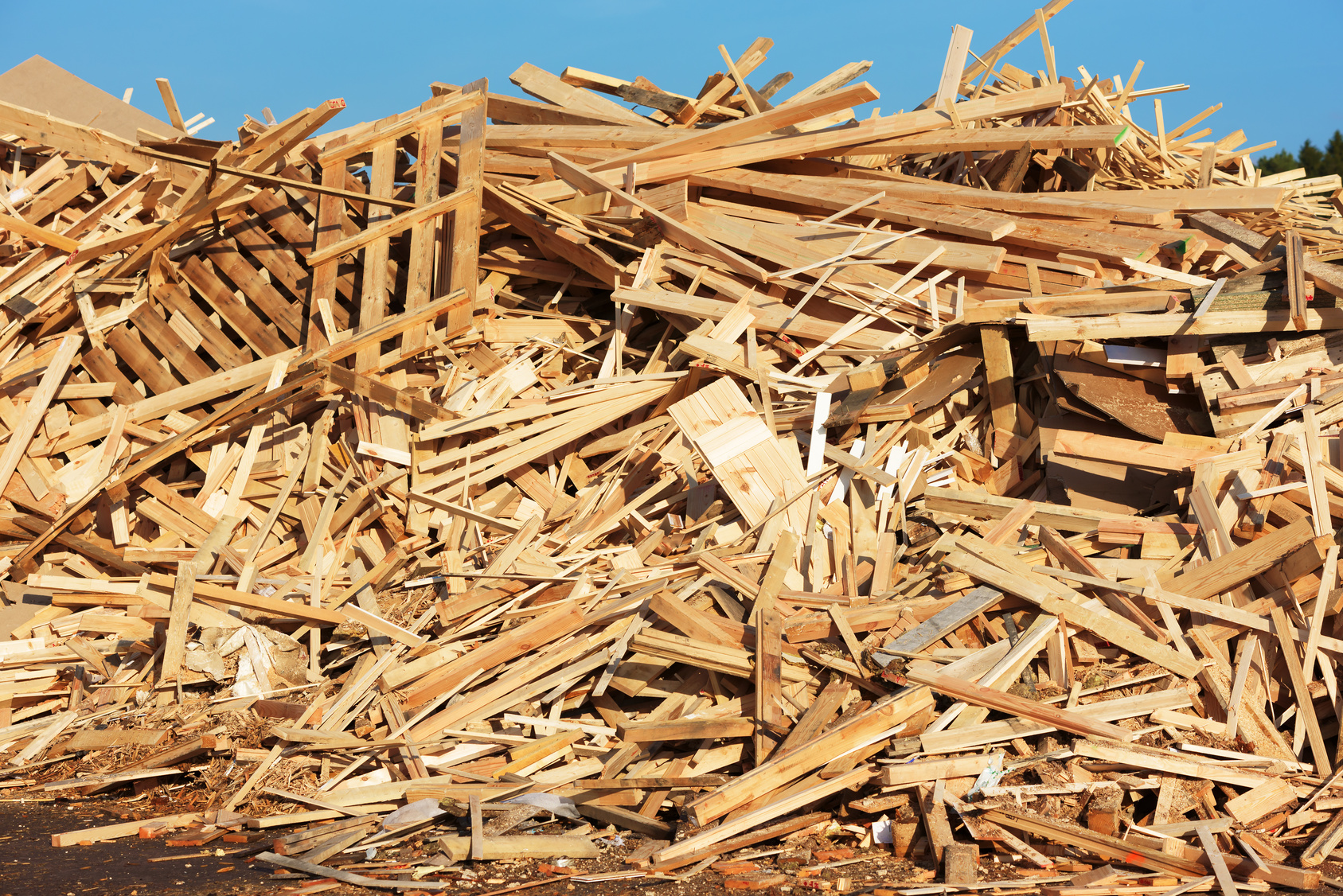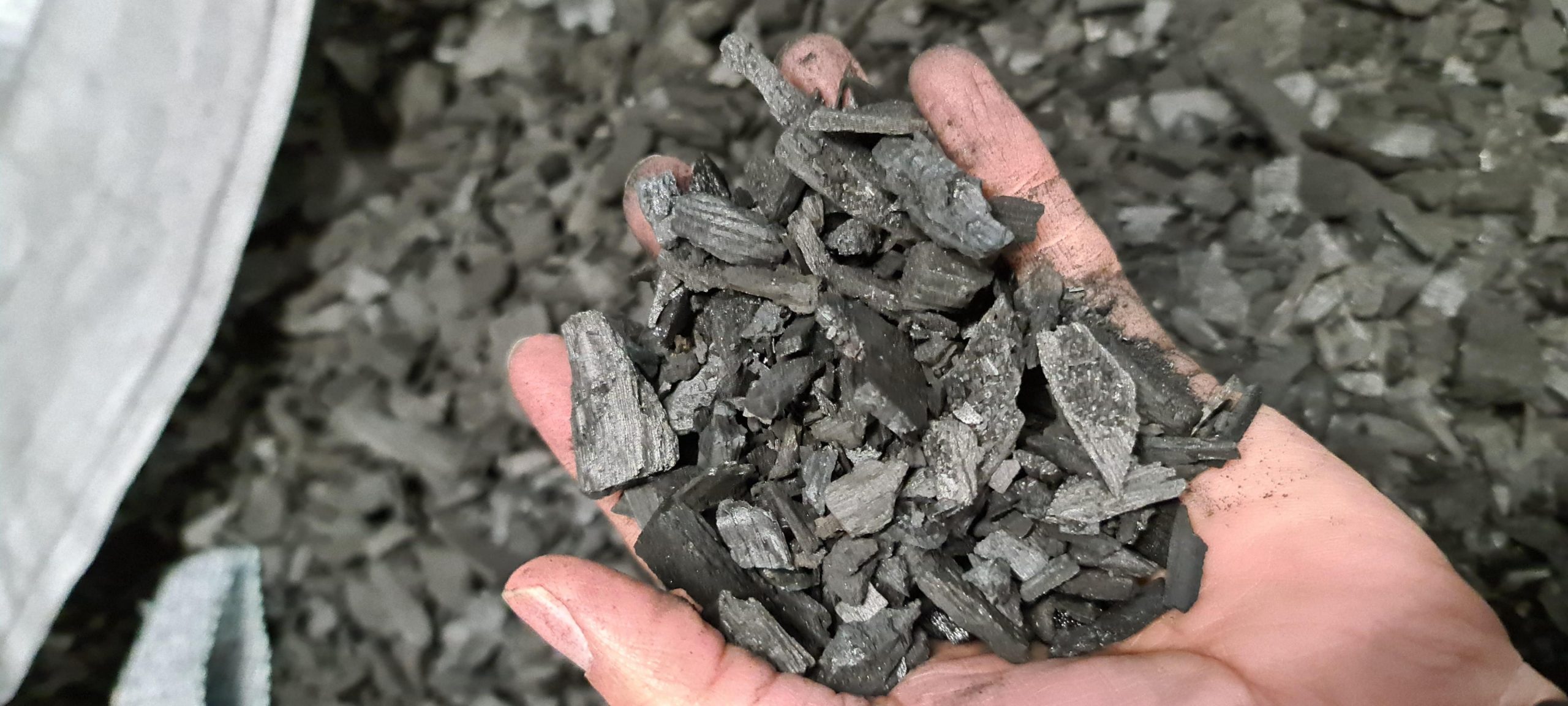Harnessing Biochar Pyrolysis: A Sustainable Approach to Energy Consumption
In the quest for sustainable energy sources, biochar pyrolysis has emerged as a promising avenue. Pyrolysis is a thermal decomposition process that converts organic materials into biochar, bio-oil, and syngas in the absence of oxygen. This process holds significant potential for energy consumption due to its versatility, efficiency, and environmental benefits. In this comprehensive exploration, we delve into the intricacies of biochar pyrolysis equipment, its applications, benefits, challenges, and its role in shaping a sustainable energy future.

Understanding Biochar Pyrolysis
Biochar pyrolysis involves subjecting biomass feedstock, such as agricultural residues, forestry waste, or organic waste, to high temperatures in a controlled environment. The absence of oxygen prevents complete combustion, resulting in the breakdown of organic matter into valuable byproducts:
Biochar: A stable form of carbon-rich material that enhances soil fertility and carbon sequestration.
Bio-oil: A liquid mixture of organic compounds suitable for use as biofuel or as a precursor for various chemical products.
Syngas: A gaseous mixture primarily composed of hydrogen, carbon monoxide, and methane, which can be utilized for heat and power generation.
The process of pyrolysis occurs in three stages: drying, pyrolysis, and char formation. During the drying stage, moisture is removed from the biomass. Subsequently, as the temperature rises, volatile compounds are released in the pyrolysis stage, yielding bio-oil and syngas. Finally, char formation occurs, leading to the production of biochar.
Applications of Biochar Pyrolysis for Energy Consumption
Heat and Power Generation: Syngas produced during biochar pyrolysis can be combusted in gas turbines or engines to generate heat and electricity. This application is particularly suitable for decentralized energy production in rural areas or off-grid communities.
Biofuel Production: Bio-oil obtained from pyrolysis can undergo further processing to produce transportation fuels such as biodiesel or bioethanol. These biofuels offer a renewable alternative to fossil fuels, thereby reducing greenhouse gas emissions and mitigating climate change. The straw charcoal making machine is used for making straw charcoal from biomass pyrolysis.
Carbon Sequestration: Biochar, with its high carbon content and stability, can be used as a soil amendment to improve soil fertility and sequester carbon. By incorporating biochar into agricultural soils, carbon dioxide is effectively removed from the atmosphere and stored in the soil for an extended period, contributing to climate change mitigation efforts.
Waste Management: Biochar pyrolysis provides an environmentally sustainable solution for managing organic waste streams, including agricultural residues, forestry waste, and municipal solid waste. By converting these waste materials into valuable biochar and bio-oil, the process reduces the dependence on landfilling and incineration, thereby minimizing environmental pollution and resource depletion.

Benefits of Biochar Pyrolysis
Renewable Energy: Biochar pyrolysis utilizes biomass feedstock, which can be sustainably sourced from various organic sources. Unlike fossil fuels, which are finite and contribute to environmental degradation, biomass is renewable and can be continuously replenished through responsible management practices.
Carbon Neutrality: The carbon dioxide emitted during biochar pyrolysis is offset by the carbon stored in biochar and the carbon dioxide sequestered through soil amendment. Therefore, the process can be considered carbon-neutral or even carbon-negative when implemented effectively, contributing to climate change mitigation goals.
Soil Improvement: Biochar produced from pyrolysis has been shown to enhance soil structure, water retention, nutrient retention, and microbial activity. By improving soil fertility and resilience, biochar application can boost agricultural productivity and reduce the need for synthetic fertilizers, thereby promoting sustainable farming practices.
Energy Security: Biochar pyrolysis offers a decentralized energy production model, reducing dependence on centralized power plants and imported fossil fuels. This enhances energy security by diversifying energy sources and empowering local communities to meet their energy needs independently.
Challenges and Limitations
Feedstock Availability and Logistics: The availability and accessibility of biomass feedstock vary geographically, posing logistical challenges for biochar pyrolysis facilities. Moreover, competition for feedstock between energy, food, and other industries may lead to resource conflicts and price fluctuations.
Technology Scalability: While biochar pyrolysis has demonstrated feasibility at laboratory and pilot scales, scaling up the technology to commercial levels presents engineering and economic challenges. Achieving cost-effective and efficient pyrolysis systems that can handle large volumes of biomass remains a critical area of research and development.
Emissions Control: Although biochar pyrolysis is considered cleaner than conventional combustion processes, it still produces emissions of volatile organic compounds (VOCs), particulate matter, and greenhouse gases. Implementing effective emission control technologies and optimizing process parameters are essential to minimize environmental impacts and ensure compliance with air quality regulations.
Market Acceptance and Policy Support: Despite its potential benefits, widespread adoption of biochar pyrolysis faces barriers related to market acceptance and policy support. Incentive mechanisms such as carbon pricing, renewable energy subsidies, and regulatory frameworks promoting biochar utilization can encourage investment in pyrolysis technology and create market demand for biochar products.
Future Outlook and Research Directions
The future of biochar pyrolysis for energy consumption hinges on technological advancements, policy support, and market acceptance. Research efforts should focus on the following areas to realize the full potential of this sustainable energy solution:
Technological Innovation: Continued research and development are needed to improve the efficiency, scalability, and cost-effectiveness of biochar pyrolysis technology. Innovations in reactor design, feedstock preprocessing, heat recovery systems, and product upgrading techniques can enhance the overall performance and competitiveness of pyrolysis processes.
Integration with Circular Economy: By integrating biochar pyrolysis into circular economy frameworks, synergies can be created with other sectors such as agriculture, forestry, and waste management. Valorizing waste streams, utilizing byproducts, and promoting resource efficiency can enhance the sustainability and resilience of biochar production systems.
Life Cycle Assessment: Comprehensive life cycle assessments are essential to evaluate the environmental, social, and economic impacts of biochar pyrolysis across the entire value chain. By quantifying the benefits and trade-offs associated with different feedstocks, technologies, and end uses, informed decision-making can guide sustainable development pathways. Find more options to start this business on the internet, like palm shell charcoal machine.
Policy and Regulatory Support: Governments and international organizations play a crucial role in fostering an enabling environment for biochar pyrolysis deployment. Policies supporting renewable energy, carbon pricing, sustainable land management, and waste diversion can incentivize investment and innovation in biochar production and utilization.
Conclusion
Biochar pyrolysis offers a sustainable and versatile approach to energy consumption, with potential benefits spanning renewable energy generation, carbon sequestration, soil improvement, and waste management. While challenges and limitations exist, continued research, technological innovation, and supportive policies can unlock the full potential of biochar pyrolysis as a key pillar of the transition to a low-carbon and resilient energy future. By harnessing the power of pyrolysis, we can mitigate climate change, enhance energy security, and promote sustainable development for generations to come.